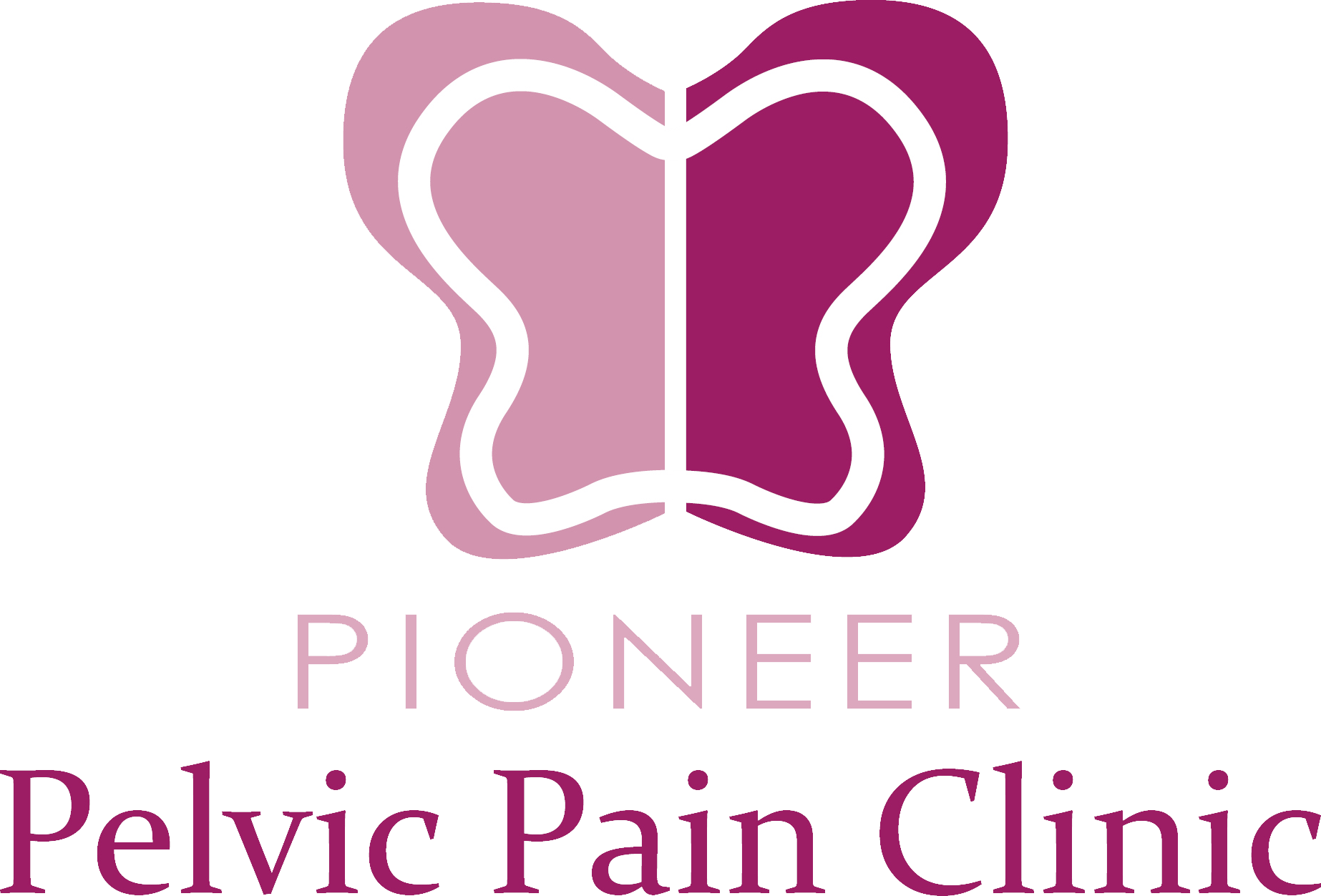Preparing and Recovering from Laparoscopic Surgery

Laparoscopic Surgery
Preparing and Recovering from Laparoscopic Surgery
Before Surgery: Preparing for Your Laparoscopy
Manage Non-Surgical Pains
The Day Before Surgery
• Stay Calm and Relaxed: Prioritise activities that help you feel calm. A gentle walk, stretching, or reading a book can help ease any stress or anxiety.
• Fasting: Follow the fasting instructions given to you by your healthcare provider. If fasting makes you feel lightheaded or unwell, let the hospital staff know, and they can assist you with options like an intravenous drip.
• Write Down Questions: If you have questions for your anaesthetist or medical team, write them down ahead of time to ensure you remember everything important.
In the Hospital
During the Hospital Stay: Your Surgery Day
Meet the Anaesthetist
• Discuss Pain Management: It’s important to talk with your anaesthetist and gynaecologist about the best pain management options for you both during and after the surgery.
What to Expect in Surgery
Post-Surgery: Recovery in the Hospital
Waking Up from Surgery
Managing Pain
• Comfort Strategies: If you feel pain or discomfort, ask for a heat/ ice pack, do some gentle pelvic stretches, and focus on relaxation/ breathing. Your healthcare team is also there to help with additional pain relief if needed.
Discussing Results with Your Gynaecologist
Preventing Complications Post-Surgery
Deep Breathing Exercises
Coughing
Mobilisation
Laparoscopic Surgery
At Home: Continuing Recovery


Additional Tips for a Smooth Recovery
• Write Things Down: Keep a journal or notepad to jot down any questions, instructions, or symptoms you want to discuss during follow-up appointments.
• Stay Hydrated and Nourished: Drink plenty of water and start with light, easy-to-digest meals. Proper hydration and nutrition will support your recovery.
• Listen to Your Body: Your recovery pace is unique to you. Gradually return to your normal activities but don’t rush. Rest and gentle movement are equally important.
• Keep Moving: Short walks and gentle stretches throughout the day will help prevent stiffness and improve circulation, promoting faster healing.
Engage with the support around you
Every individual’s recovery journey is different. By following these tips and working closely with your healthcare team, you’re setting yourself up for a successful recovery. If at any point you feel unsure or have concerns, don’t hesitate to reach out to your gynaecologist, GP or physiotherapist.


